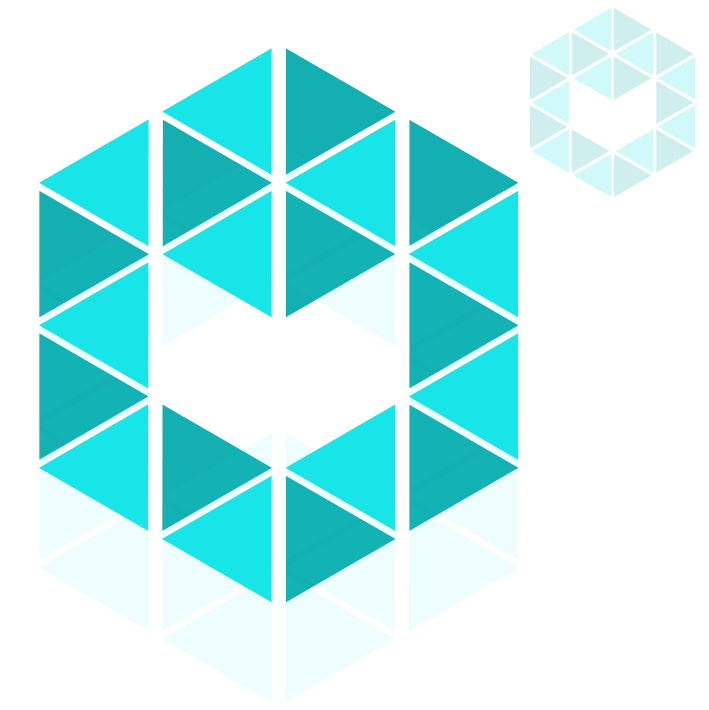The TERMINET “Pathway of Personalised Healthcare” use case aspires to provide doctors a decision support tool for facilitating the decision on whether the patient will undergo an interventional procedure that was scheduled, or not.
Two groups of technical challenges need to be addressed for this, combined in two scenarios. In the first scenario, all the information on the patient needs to be collected in a comprehensive clinical dashboard, no matter the initial point of entry of the patient in the hospital, combining data from four different hospital departments. In the second scenario, a model needs to be built that predicts the doctors’ decision based on all the available data.
The combination of information involves three hospital information streams with clinical data, and one out-of-hospital, with non-clinical, behavioral data coming from the Healthentia system. The technical challenge here is the synchronization of the streams, some of them being real-time ones, and the authentication of the patient each stream is originating from. This way data integrity is ensured at the dashboard. The involved TERMINET technologies are the Bootstraping and Integrity Measurement tool, as well as the Blockchain offering accountability. Also, patient consent on their data streams can be supervised using the Policy Monitoring tool.
This first scenario facilitates patient management across departments, but also enables data collection (patient information and doctors’ decision), necessary for the second scenario.
A predictive model needs to be trained, capable of proposing the decision on the operation for the consideration of the doctors. Having the first scenario running for some time, an adequate number of decisions and the data leading to them will be recorded, facilitating the training of such a model. For model training, scenario considers a generalization of the use case situation. Currently there is a single hospital involved, so all data for all patients is centrally available. The scenario generalizes this to multiple hospitals, where data for every patient cannot be centrally used. To simulate this, a TERMINET edge node is placed in each hospital department, hosting the data of that patient only. The EDGE-X TERMINENT component will be preprocessing the data in each local database, allowing for models will be locally trained. The local models are then combined into the global one using TERMINET’s Federated Learning framework. Once the global model is available to each edge node, inference will be applied to get the model’s recommendation per case. The TERMINET dashboard will be facilitating the visualization of all technical aspects of the process.
Since the particular study involved in the use case is an observational one, not allowing interventions from AI, the inference decisions will not be given to the doctors. Instead, they will be monitored and scored against the doctors’ decisions by TERMINET. Nevertheless, still both scenarios of the use case will be operational, allowing the validation of TERMINET technology in healthcare.
